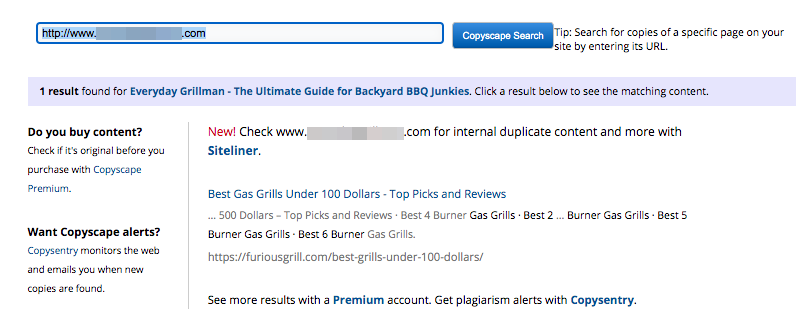We have put together a checklist which details the core factors you should take into account when writing content so that it is optimised for both users and search engines.
By now, you will have learned about the role of great content in creating a successful SEO campaign. This need for relevant, useful and optimised content only continues to grow, because Google’s ability to choose quality content continues to improve and develop with each algorithm update.
In the early days, many SEOs approached content development by simply adding more keywords to the page body and headings, but that one-dimensional approach is no longer effective.
Therefore, we have outlined the steps that you should take to make sure that your site has quality content throughout, to please both users and bots.
Optimising For User Intent

In the first stages of content creation, it’s extremely important to make sure that you are creating the types of pages that Google deems to be worthy of the top rankings. Even with great links, you can no longer force your way into the top five positions if the content is not consistent with what users expect to see. It’s for this reason that we dedicated not one but two entire modules to Semantic Search.
Therefore, it’s important to see the various types of content that are ranking in the top spots, to figure out the themes, types of pages ranking, and to base your strategy around this.
Here are some tips for optimising your content for search intent:
To check the user intent, search your keyword in Google and note down what the top ranking pages have included in their content. (We discuss this in the competitor analysis section in greater detail).
- Take note of cases where high authority sites are ranking, but not matching the user intent. Here, it’s likely that their links are helping them rank, rather than their content. Remember, all three components (content, links and technical) of SEO need to be met in order to rank well.
- Make sure that your content is up to date. If you are reviewing products, remove older products that are no longer relevant in the current market space. This doesn’t mean old products are bad, it’s a matter of ensuring that you are providing the user with what they’re looking for.
Below we have listed some questions that you should ask yourself when it comes to identifying the variables of a web page (this is our take on Ahrefs own 4 C’s of content):
- What is the Content Medium? By this we mean are they using text, video or other formats to deliver information to their users
- Who are the Content Creators? What are the type of sites that are ranking, are they news sites, affiliates, stores etc.
- What is the Content Page Type? Is it a blog post, a product page, category page, homepage or a landing page that is ranking most?
- What is the Content Purpose? Is it a review, a list post, a guide? It is important to make sure you are creating something that users will find useful.
- What is the Content Angle? This relates to the way that this topic is being viewed. For example, if it’s related to software, the highest ranking items may be products that offer a free trial. Maybe it’s a short answer that they need as opposed to a long article.
Summarising these points, you essentially carry out market research, looking at all the things that users are getting value from with each piece of content on the first page, and assimilating this into your work.
You can find examples of each of the above in the next section, The SUSO Method: Competitor Research.
Internal Linking
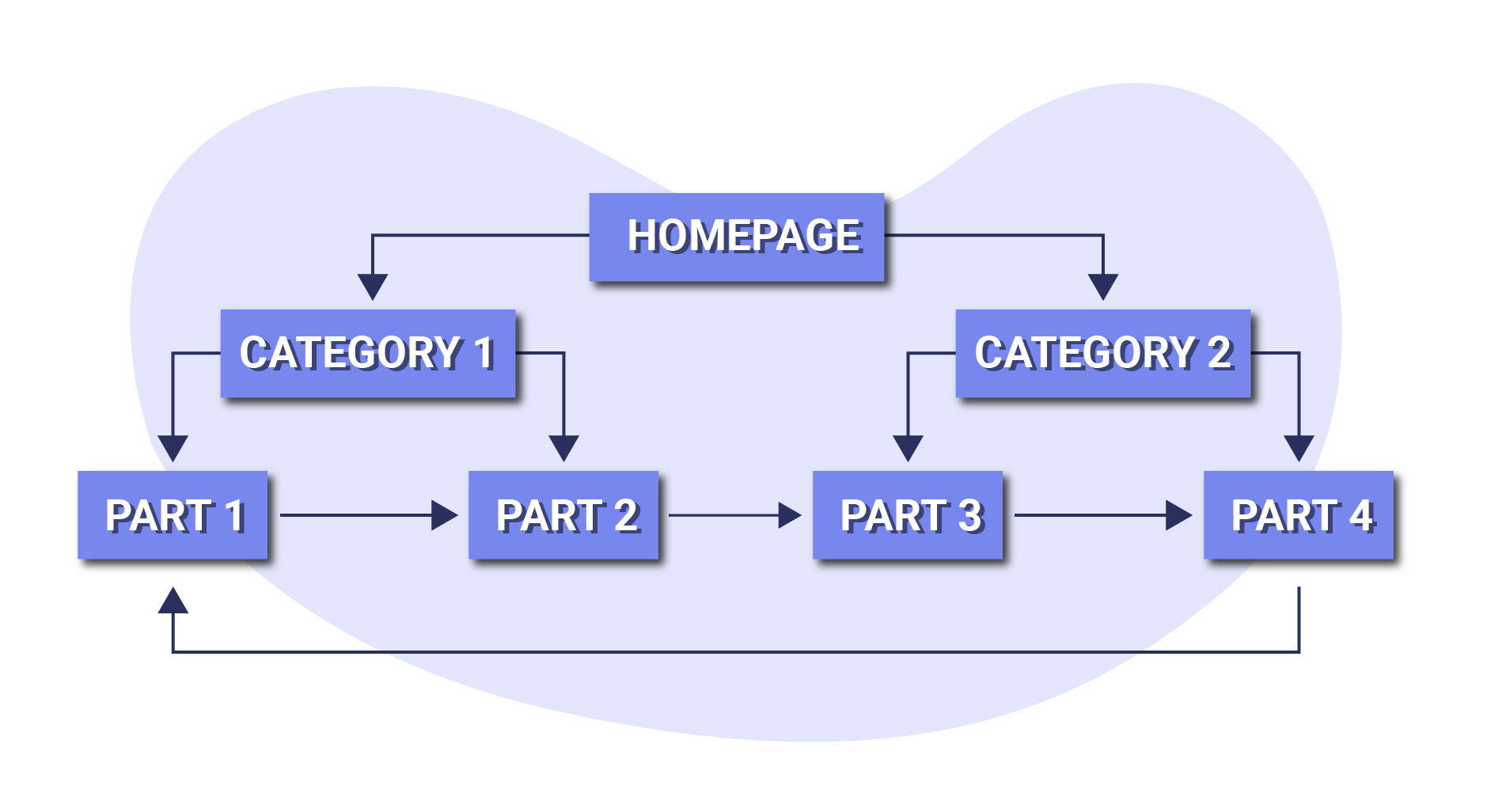
Internal linking is an often underappreciated but powerful part of SEO. It can be time consuming to make sure that you have a clear site structure, so many webmasters choose to take shortcuts. This can include actions like adding links to the end of a page, or only linking to their main money pages as opposed to relevant posts. However, this short-sighted behaviour inevitably limits the website’s ability to grow in the long term.
Ideally, you should plan out a clear site structure from the beginning, based on keyword topics. Create clusters or silos based on topics, with target keywords for each page. We will show you how to do just this later on in the textbook. This can be more difficult to do for an existing site, especially if it is already quite large. Nevertheless, it is still a worthwhile use of your time if the site structure is not fully optimised.
To understand the importance of internal links, we need to think about how they are used by Google. Remember, once a page is rendered, Googlebot will crawl the links on that page to find new content that can be added to it’s index and eventually ranked. Therefore links guide Google to your useful content, but also provide signals for ranking that content based on the authority, number of links and the relevance of the linking pages.
Internal linking allows you to guide the authority and relevance you receive from backlinks to the content you wish to rank. As a result, you need to make sure you have a clear map for guiding this authority throughout your website. It’s extremely important to ensure that each page is created with a planned site structure in mind and that all relevant pages are connected in a practical and logical way.
This requires each individual page to follow certain guidelines:
- Add contextual links to pages that are topically relevant and provide value to users. For example, we can see that although this page by What Hi-Fi is focused on the “best in-ear headphones”, there are contextual internal links that direct the user to “over-ear headphones” and “noise-cancelling headphones” too.

- Your homepage – which typically has the most authority – should link to your most important pages. This will give these particular pages an increased link value and makes them stronger and more authoritative in Google’s eyes.
- Your most important pages should also be linked to from your sitewide navigation.
- Use more targeted anchor text than would be done with external backlinks. Consider the anchors as short descriptions for the destination page. For example, instead of writing urls or generic anchors like “read more”, use the keywords that best describe that page, such as “best in-ear headphones of 2020”.
- You should place internal links throughout your text where relevant, avoid bunching them together at the end of your page. The reason for this is the text around links helps to provide the context for understanding their relevance.
- There are no hard rules for the number of internal links for each page. Generally speaking for every 1000 words, you want about 4-8 internal links.
- Create an internal linking map using the “All outlinks” export from Screaming Frog. Import the file into a spreadsheet and Remove all links to external sites and now you have a list of all internal links on your site.
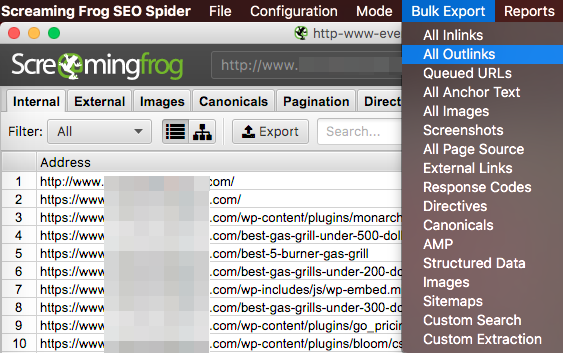
Keyword Optimisation
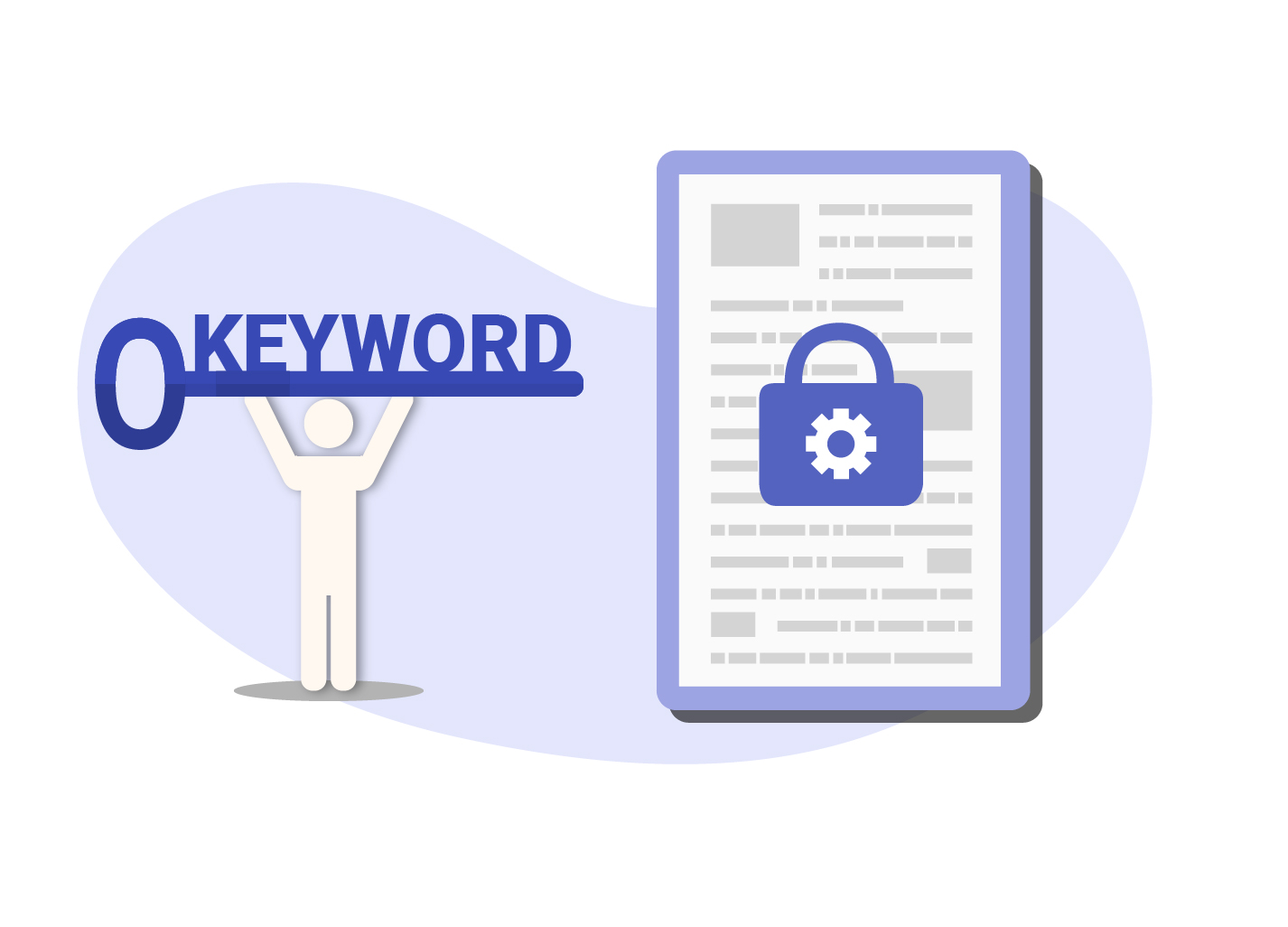
Once the content has been created, you can now begin to optimise it. The art of optimising content has changed significantly over the years. In the early 2000s, when Google’s algorithms were less sophisticated, page’s that contained large quantities of the exact match keywords were deemed to be more relevant and would rank better.
SEOs took advantage of this knowledge and would intentionally hide keywords in their pages, either in meta data or with background matching font colour – a practice which became known as keyword stuffing. Google quickly caught on and began punishing sites which used such methods.
Ever since, Google has continually worked on designing algorithms that focus on delivering quality content to users, which could not be manipulated. That’s why nowadays, it’s more important to create content which is natural and is optimised for users as opposed to search engines.
Below are some suggestions on how to optimise your content for keywords:
- Do not stuff keywords into the text or hide text, this can get you a penalty. The following example shows how the keyword “cheap flights” has been stuffed into the text unnaturally.
If you are looking for cheap flights, then you can find cheap flights for any destination you can wish to travel to with the cheap flights here are flightsavings.com. Our cheap flights are the best as they are the least expensive cheap flights on the market.
- Write text that includes relevant keywords in a natural way.
- Try using optimisation tools like Surfer SEO which help you to see the frequency of terms by the competition. We’ll show you how to do this later on in the module.
- Use your common sense when following keyword optimisation tools as they can sometimes return false positives.
- Make sure that heading tags include relevant exact and partial match keywords.
- Write in the simplest language possible to make sure that AI used by Google can “understand” your content.
Thin Content

What Is Thin Content?
You also need to look at the improving existing content for older pages, particularly any thin content on your site. Many SEOs define ‘thin content’ as pages which are too short, however, the term actually refers to all content that has little to no value for it’s users. Whilst short content can be included in this, it mainly relates to duplicate, auto-generated and over-optimised content.
It’s important to consider thin content on both the individual page level and the site level. If an individual page has thin content, then it can struggle to rank based on it not offering users any value. If an entire site has a lot of thin content, then this can even impact the pages which contain lots of valuable content. The reason for this is Google assesses your site content as a whole, and the frequency it crawls your site is based on the quality score of your site’s content.
How to Fix Thin Content
Based on this, here are some points to consider for thin content at page and site level:
Page Level
- If your pages contain lots of duplicate content, Google will consider them as not being important enough. For tips relating specifically to duplicate content, please see the next section.
- If your pages are not ranking, see if the competition is offering users content that you are not.
- Check to see if you have good links to a page compared to the competition. If this is the case and you are still not ranking in the top 3-4 pages, there is a chance the content is not considered valuable.
- Make sure that you are not stuffing keywords into the page, either on purpose or accidentally. Remember, thin content isn’t just about the length of the content.
- Make sure that content is well written in whatever language you choose, without grammar or spelling mistakes.
- Do not automatically generate content based on keywords. If it does not meet the user’s intent, it will not rank and can lead to punishments.
Site Level
- Combine your page URLs with Google Analytics and keyword / backlink data to help you measure it’s value. Decide upon minimum criteria that each metric should meet in order for it to be considered valuable.
For example: 1 backlink and 365 visits on Google Analytics (1 per day if you take it from 12 months).
- Create ‘if’ formulas to help find pages which fall below these criteria, then make sure that you noindex or remove any pages which have no value according to the criteria you set.
- If certain pages (or even categories) are not ranking, see if their content needs to be re-written or restructured to match the competition.
- If you have pages which cover topics in too little detail, consider merging them together to create more consolidated pages.
- Add a 301 redirect from pages that have good links but don’t seem valuable enough to improve to relevant content. This way, you will still pass their authority to the new page.
Duplicate Content

Duplicate content is an issue that many site owners fail to recognise, so we will look at it with more detail. It’s understandable and even expected that some duplicate content will exist, particularly in larger eCommerce sites or directories which automatically generate much of their content. However, large amounts of duplicate content can limit your ability to rank.
The reason for this is that Google wants to provide users with unique content, and do not want the same text indexed over and over on different sites. We’ve seen in previous modules how Googlebot keeps track of pages with duplicate content so as not to crawl them as often. Therefore, it’s important to make sure that where possible, you are providing unique and useful information to your audience, so that the algorithms will reward it.
Here are some of the steps to take to mitigate against duplicate content:
- For your most valuable pages, make sure that as much of the content is unique as possible.
- Where possible, create your own product descriptions, avoid using descriptions from other websites.
- Provide each page with unique headings and titles.
- If duplicate content cannot be made unique, make sure to canonicalise the versions of a page which you do not need to rank.
- If you see that another site has scraped your content, file a request to Google to have it removed under the Digital Millennium Copyright Act (DMCA).
Apart from using tools (which we have listed below), you can find external duplicated content (sometimes referred to as syndicated content) by highlighting a sentence of text and performing a Google search with that text in speech marks.
For example, we have highlighted this sentence from a Topman web page.

If we pop this into a Google search, we get the following results.
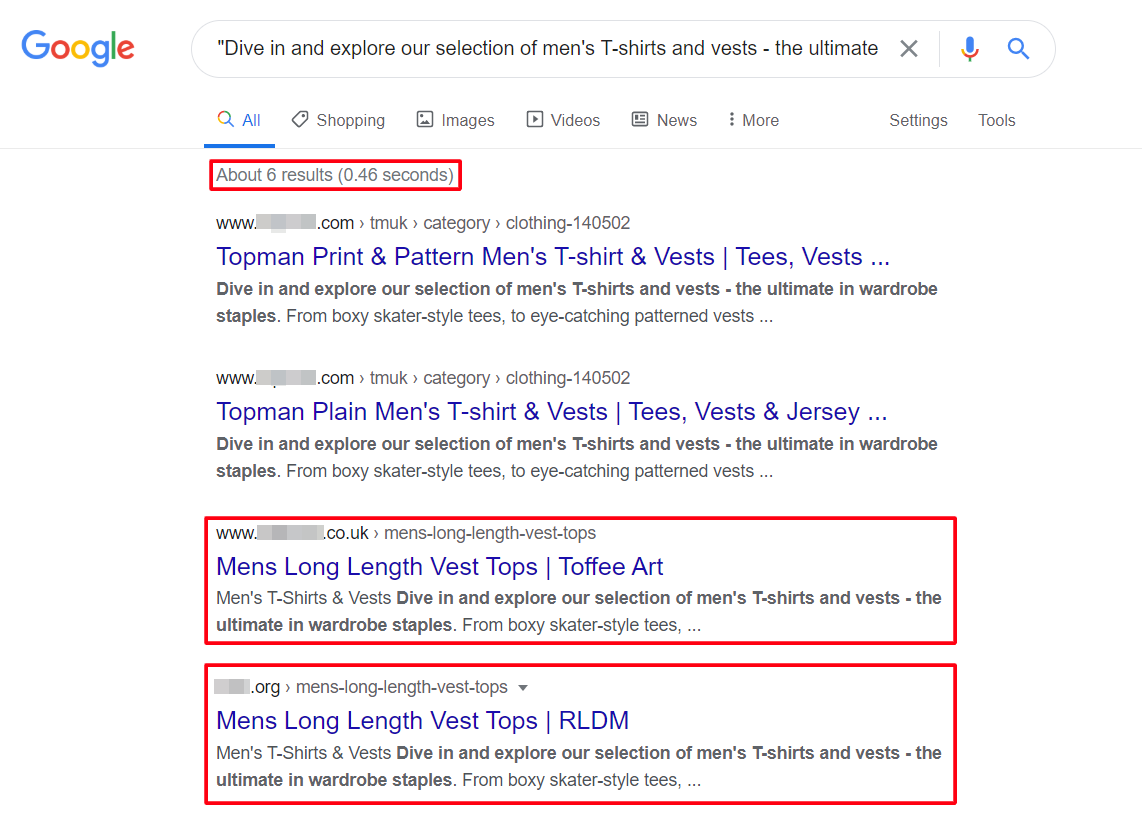
We can see that Google has indexed 6 pages that contain an exact match for this sentence. Importantly though, we can see that some of these pages are from other websites. In other words, these websites have copied/syndicated Topman’s content.
- If the content on pages is too similar, try combining the content and redirecting the page which performs less well to your newly combined page.
- Review your site from a technical standpoint, so that no duplicate versions of the same page exist due to the following reasons i.e. non-https and https, non-www. and www versions of the homepage may be:
- http://isitfridayyet.net/
- https://isitfridayyet.net/
- http://www.isitfridayyet.net/
- https://www.isitfridayyet.net/
- Use Siteliner to identify pages with the highest amount of duplicate content on your website.

- Use Copyscape to identify any external pages which have the highest amount of content in common with your site.
